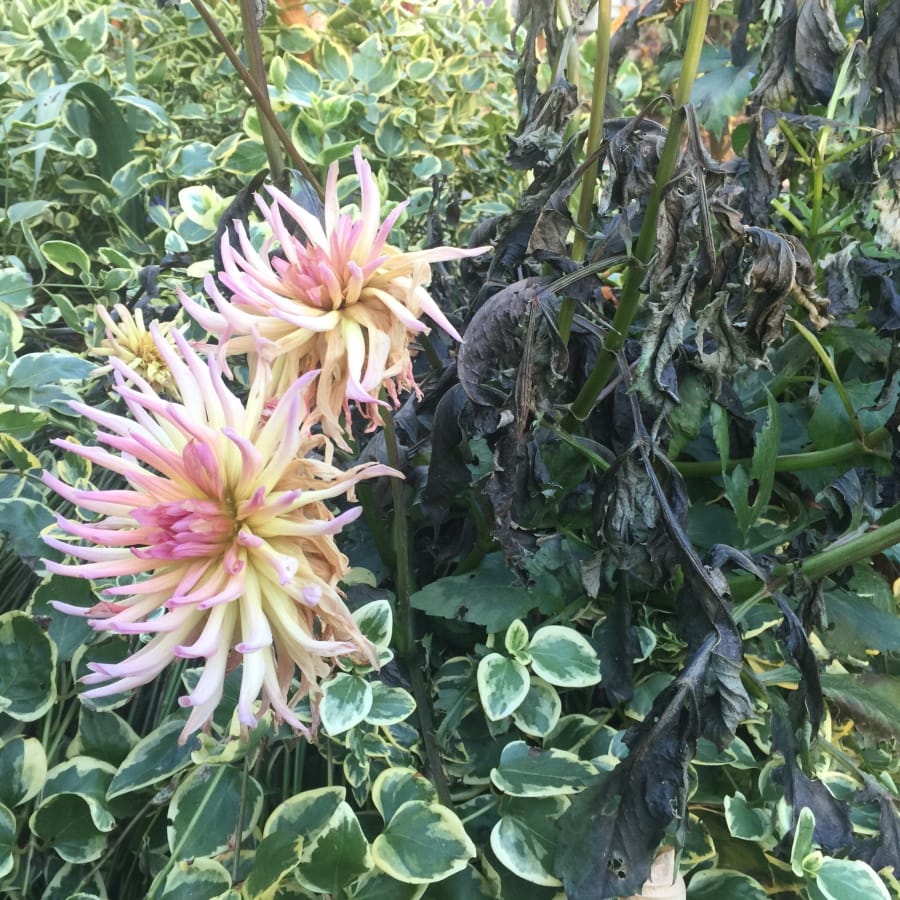The outdoor growing season is over in most of the U.S., and it’s time to pause and take stock. Review those gardening impressions that delighted you as well as those that disappointed. Apply what one veteran planter calls “creative staring” to improve the look of your landscape and the rewards of your harvest.
Begin your evaluation with the soil because it’s the key to all plant growth, said Leonard Perry, an emeritus professor of horticulture with University of Vermont Extension. He recommends testing soil samples every couple of years.
“The type of soil likely hasn’t changed, but the fertility may have,” Perry says in a fact sheet.
One key to successful gardening is keeping a personal diary for recording what took place around the property during the course of the year, said Pamela Hubbard, a master gardener and writer for Penn State Extension-Monroe County.
“I make a list of new goals toward the end of each garden season while it’s still fresh in my mind,” Hubbard said in a telephone interview. “I carry it with me around the yard while I determine what worked and what didn’t.”
There are many different types of garden journals. Some are homemade and resemble family scrapbooks, while commercial versions at bookstores incorporate such things as plastic sleeves and worksheets. Computers, laptops and phone cameras also make evaluation easier.
“Record the dates of each year’s seasonal landmarks: weather patterns, when the first spring flower bloomed, arrival of butterflies and hummingbirds, the first and last frost,” Hubbard said. “Also, note when pest problems appeared and what you did about them.”
Other questions to ask yourself include possible budget changes, drainage system improvements, installing more efficient irrigation networks, and whether climate change is impacting the things you grow.
Room for improvement
Gardening is unusual in that it offers so many opportunities for improvement. Be prepared to uproot, relocate, prune, divide, rotate or simply trade away what no longer satisfies or provides interest.
Tree limbs may have begun brushing up against dwellings. Shrubs might have grown so high they’re blocking the sun from flower gardens. Perhaps you want more screening or privacy in your yard and less lawn to mow. Plant predators like deer may have become troublesome enough to require barriers.
“I just lost a major shade tree and now I have to decide what to do with that area,” Hubbard said. “I may need to exchange all my shade-tolerant plants for some needing full sun.”
Maybe you have a busier job schedule or there’s a new baby in the house or you simply want to cut back on the workload as you age.



